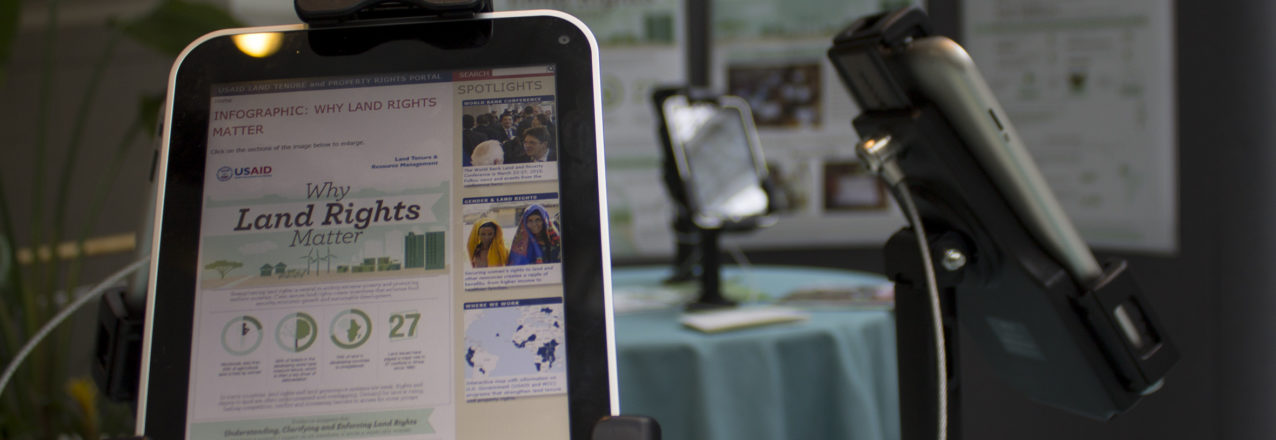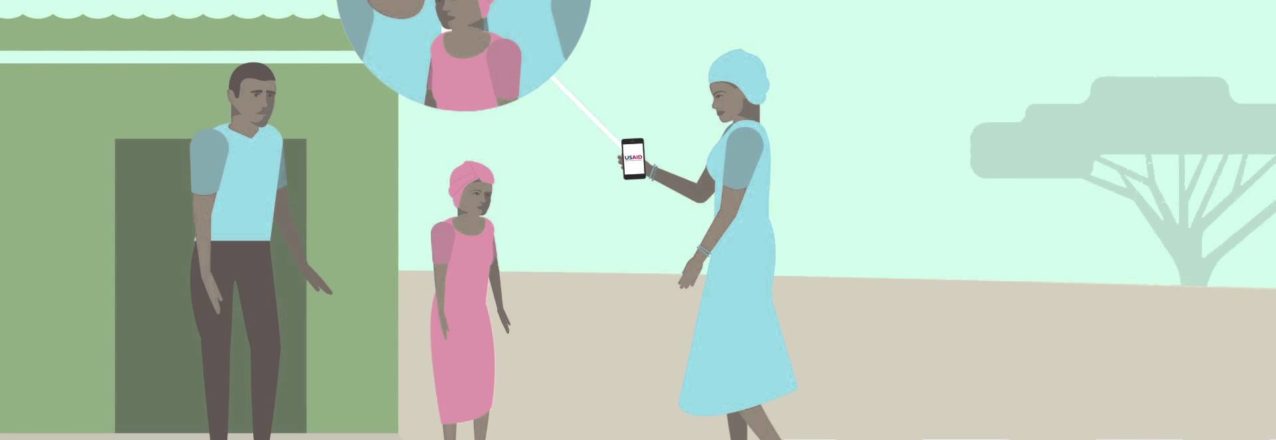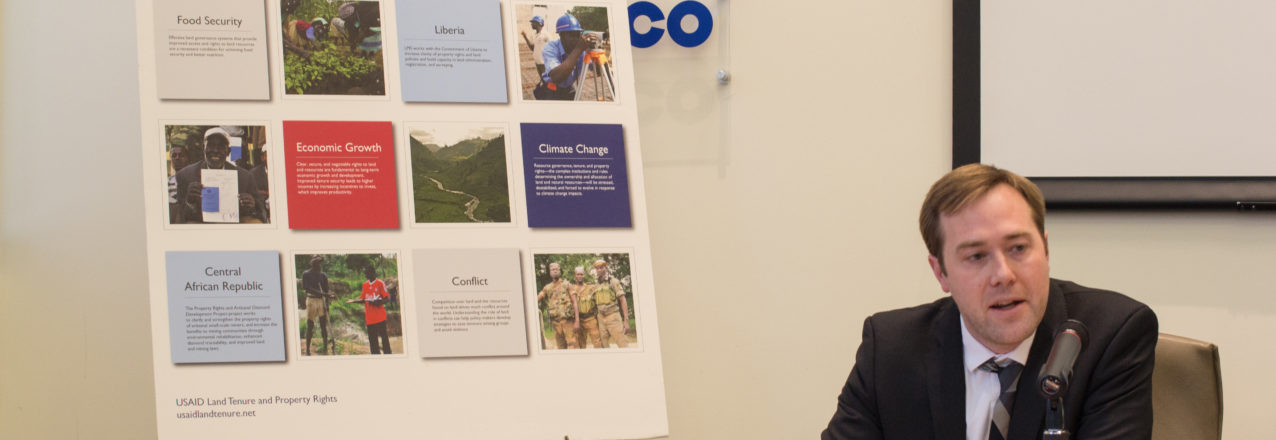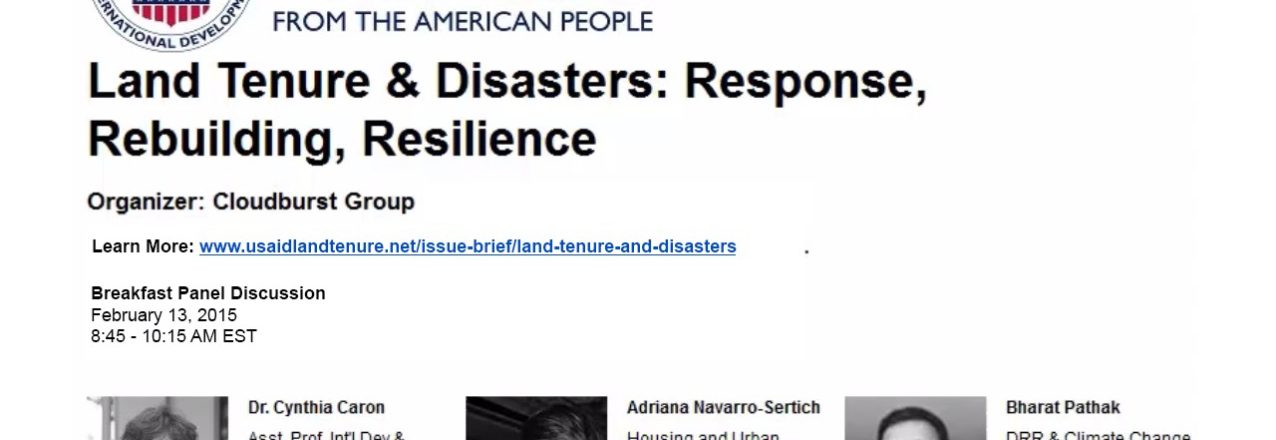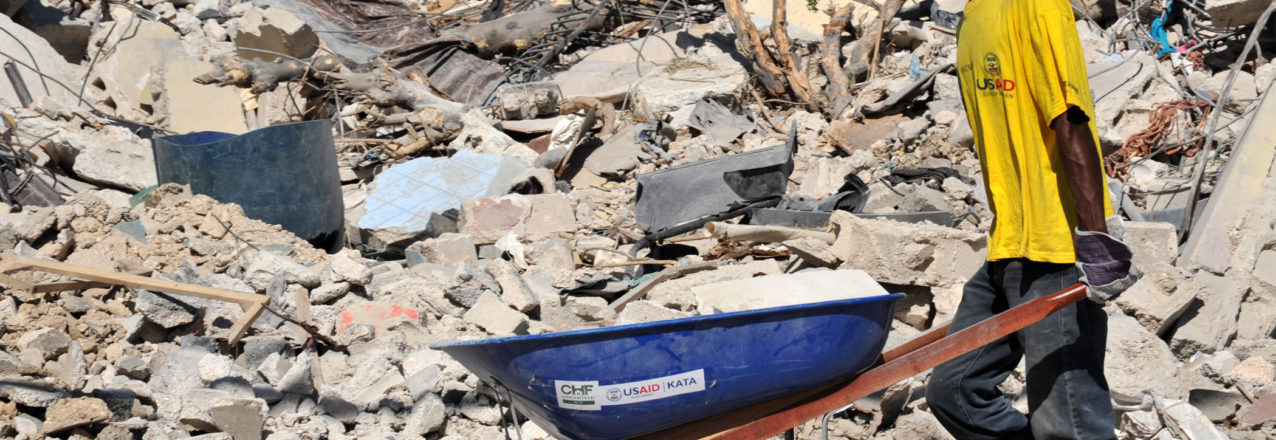Five years after the devastating January 2010 earthquake, land tenure and property rights issues remain central to ongoing recovery, reconstruction, and broader development efforts in Haiti. Weak land administration systems, capacity issues, and a complex legal system have led to confusion, insecurity, and disputes over who has what rights to which pieces of land. These challenges greatly impede the Government of Haiti and the international community’s efforts to rebuild infrastructure and housing, enhance food security, improve resilience to future disasters, and reduce extreme poverty.
On the five-year anniversary of the Haiti earthquake, we spoke with Jane Charles-Voltaire, a lawyer in Haiti and member of the Haiti Property Law Working Group, about her experiences working on land tenure and property rights issues.
Question: Can you tell us about your work on property rights in Haiti, particularly in relation to the aftermath of the 2010 earthquake?
Charles-Voltaire: My work on property rights supports efforts by USAID’s legal team to advise USAID housing, agriculture and energy programming in Haiti. After the creation of the massive [refugee] camps due to the earthquake, a lot of international organizations invested in social housing projects. While these projects were much needed, organizations realized that they did not understand the procedures for acquiring land or transferring land, and that often, there is little consensus among the various government agencies that oversee different aspects of land tenure. This greatly slowed the recovery effort and was the context in which the Haiti Property Law Working Group was founded. The group seeks to clarify the processes of land transactions, as they currently exist.
Question: What have you found to be the biggest challenges about property rights and the rebuilding efforts?
Charles-Voltaire: Major challenges of land rights still occur in and around Port-au-Prince. While many people have been able to move out of the temporary camps, the government was not able to identify locations for these people to move. As a result, people have migrated on their own to the areas north of Port-au-Prince and in neighborhoods with informal housing throughout Port-au-Prince.
Because of the centralization of earthquake relief efforts in Port-au-Prince, the distribution of food, water, medical kits, and other supplies, internal urban migration has increased. Many people left their rural homes to benefit from all the relief resources distributed in Port-au-Prince.
To solve these housing challenges, government, communities and advocates need to take a deep look at the land tenure systems and make the necessary adjustments to facilitate better development projects.
Question: Five years after the earthquake, what has changed and what still needs to change in terms of land tenure and property rights in Haiti?
Charles-Voltaire: It’s important to recognize that land tenure has been an underlying issue in Haiti for many years. There have been attempts at reform throughout the 20th century, but the earthquake really pushed land to the forefront. People are much more aware of land issues today.
Now, for the first time in a very long time, we are able to start having an open discussion about land. People understand that land rights can no longer be overlooked because it is closely linked with other critical issues such as sanitation, health, and investment.
In terms of what needs to change, I believe that the government needs to identify where people can and should live. For example: How can we help people living in dangerous coastal areas that are vulnerable to another disaster? How can we create innovative housing options that connect people to transportation, infrastructure and jobs? We still need clearer planning at both national and local levels for addressing these challenges.
For more information on this topic, see USAID’s Issue Brief: Land Tenure and Disasters or participate in USAID’s upcoming panel discussion on Land Tenure and Disasters: Response, Rebuilding, Resilience.


